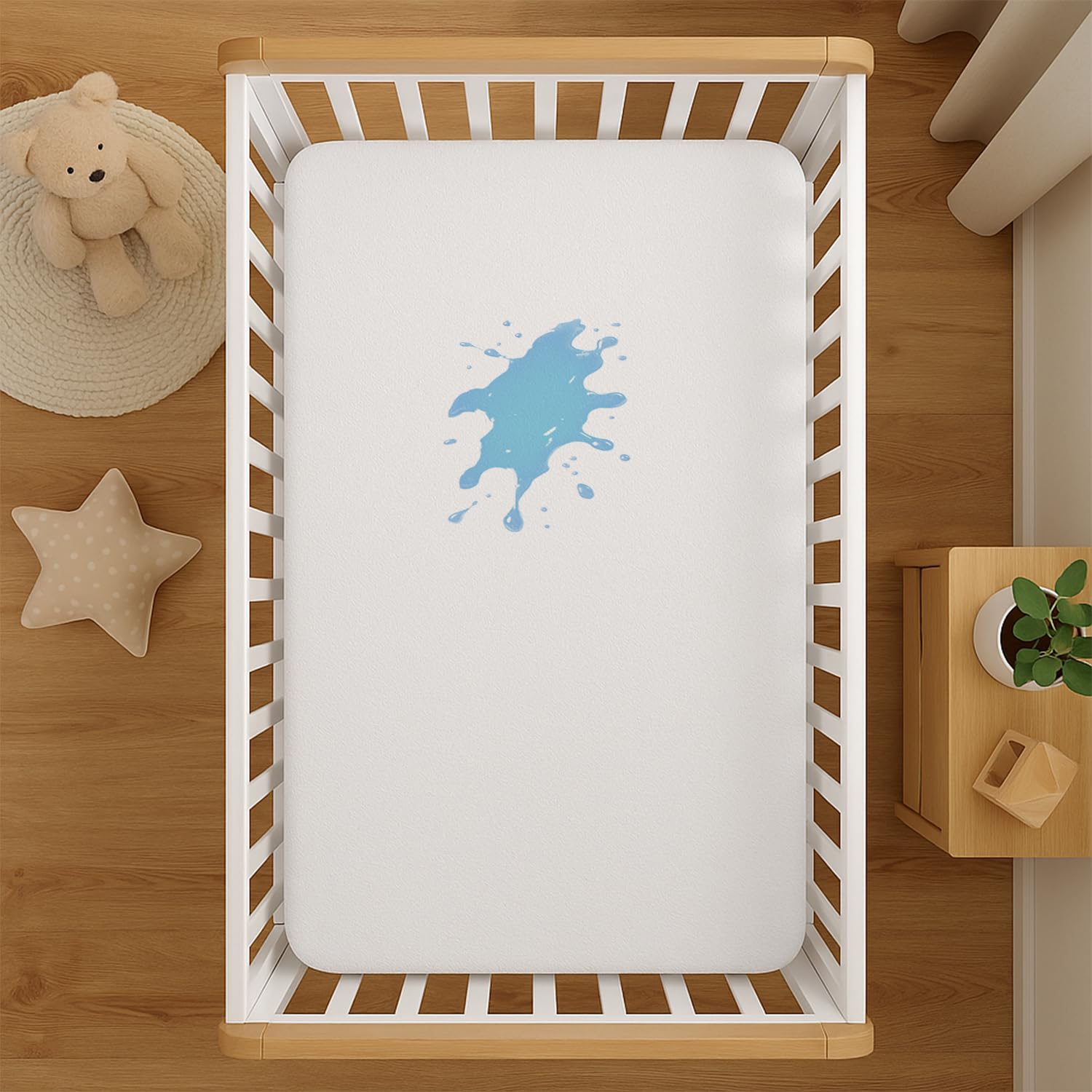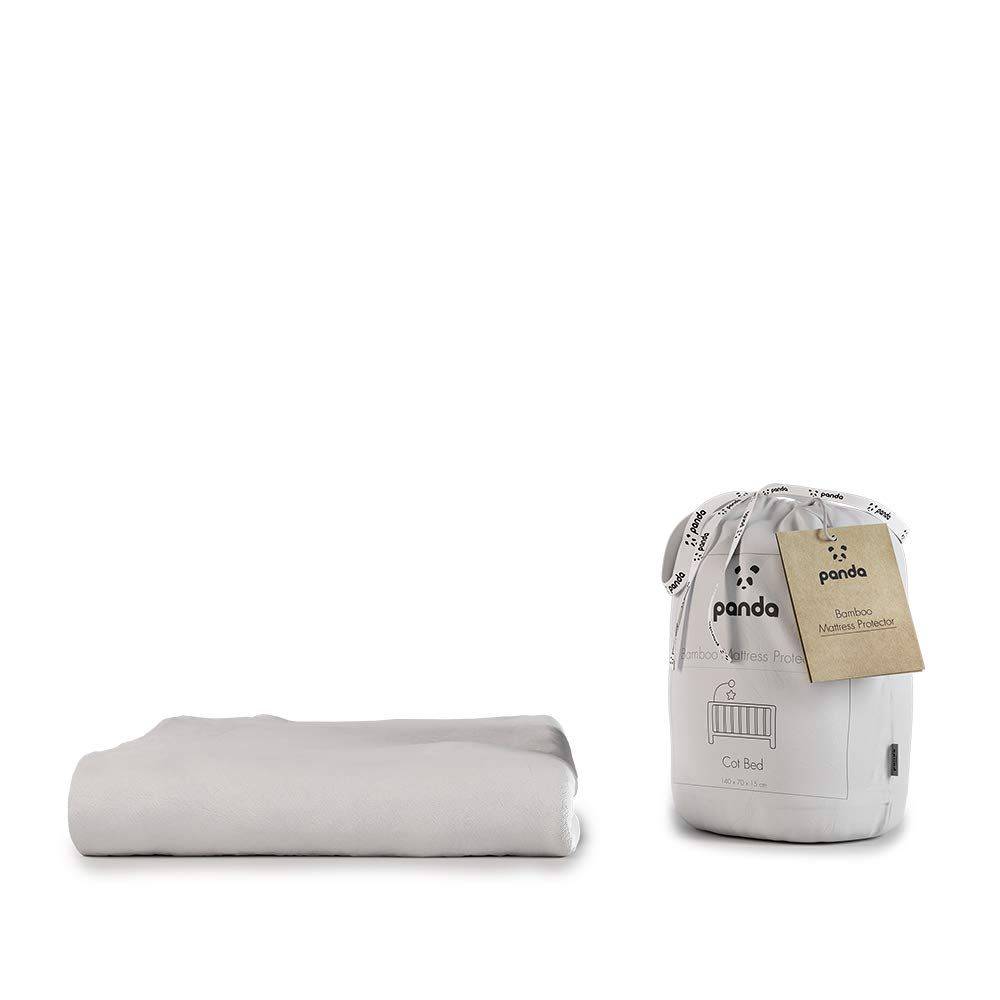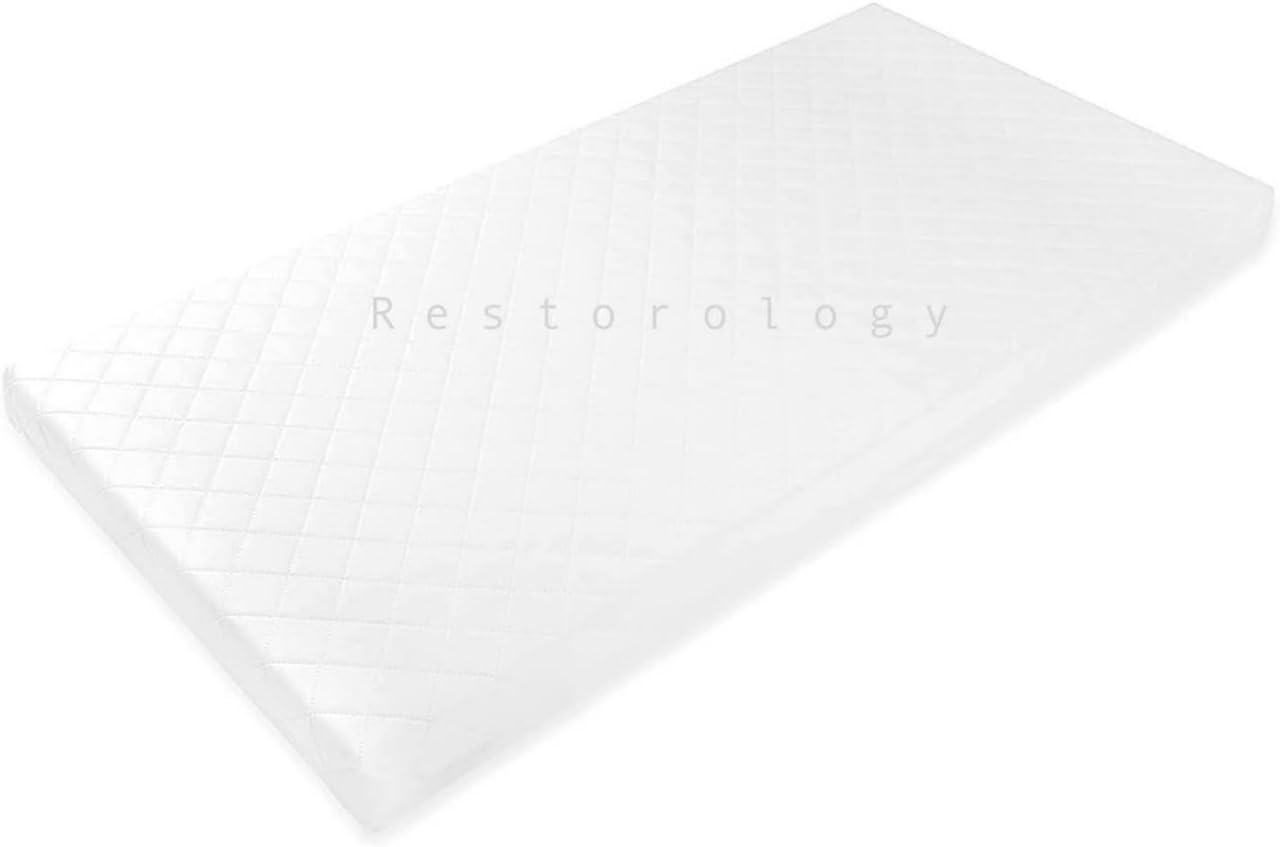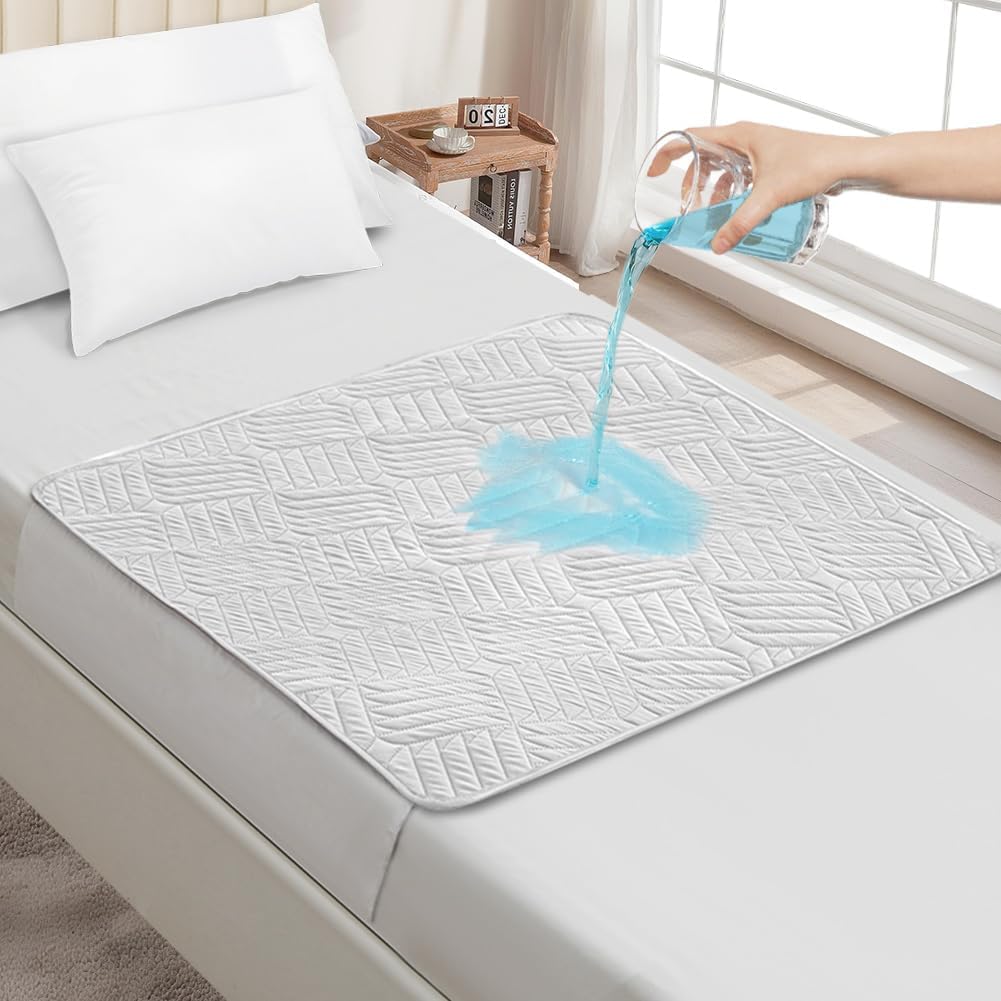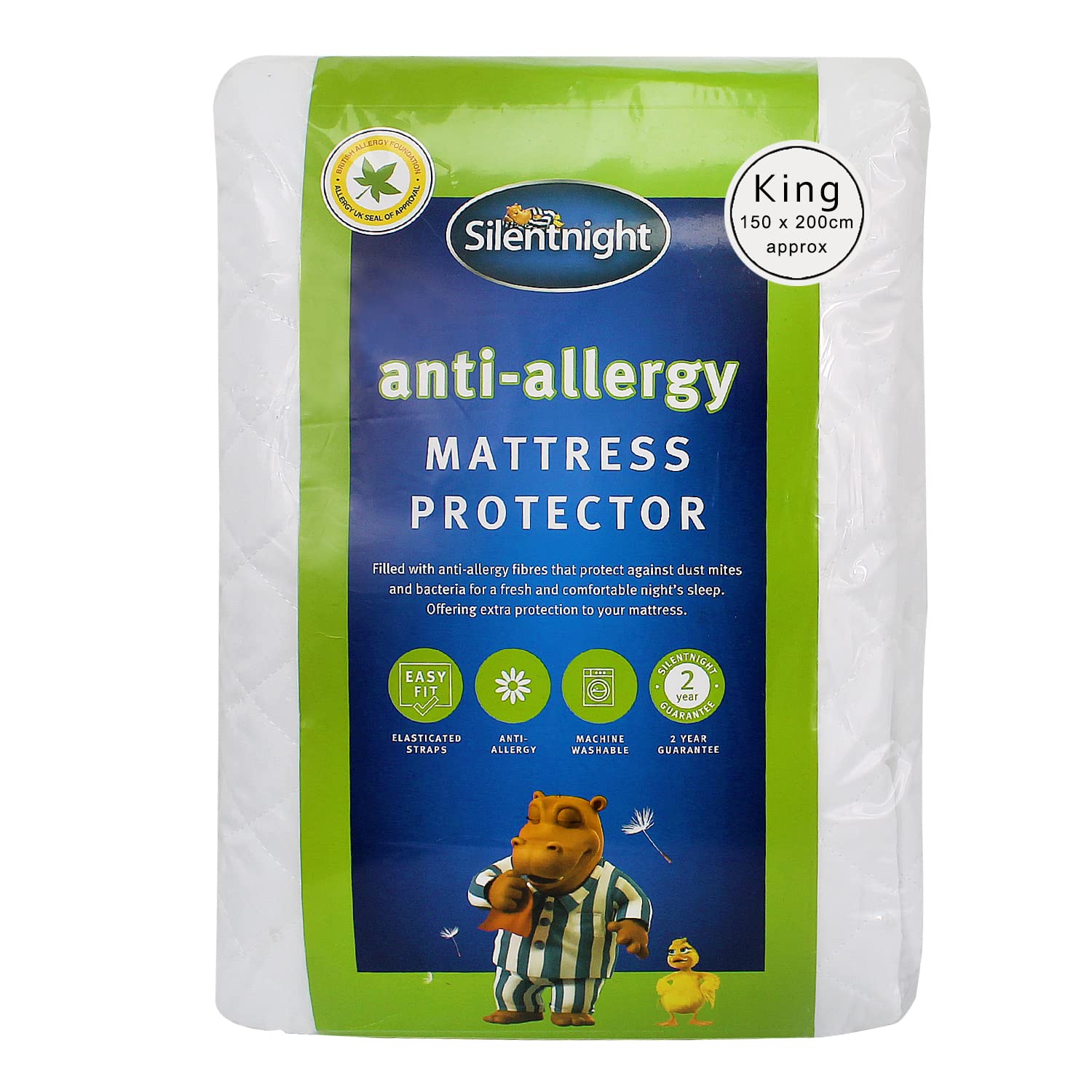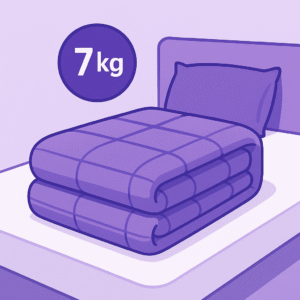Mattress protectors do quiet work. They catch sweat and spills, stop skin oils reaching the mattress, and help with allergies by reducing dust build up. Wash too rarely and the fabric feels stale. Wash too often and you add wear without much benefit. This UK guide offers a simple schedule for different households, explains temperatures and detergents that protect membranes, and covers drying and refitting so the bed feels fresh and quiet again.
Hygiene and quiet fit depend on mattress protectors that breathe.
Why washing matters
Human bodies shed skin and release moisture every night. A protector collects some of that before it reaches the mattress. Over weeks it can harbour salts and oils that change how the fabric feels. If you have allergies, regular washing reduces allergens and can help morning comfort. A clean protector also makes the bed smell fresher and can reduce the sense of warmth some people feel with coated fabrics.
A practical schedule for UK homes
For most households, washing a protector about once a month is a good default. If you suffer with allergies, sweat heavily in summer, or sleep with pets, step up to every two to three weeks. Guest beds can go longer between washes because they see less use. Children’s beds and protectors used during potty training may need weekly attention for a while. If there has been a spill or accident, wash immediately and dry fully before refitting.
Temperatures and detergents
Check the care label. Many modern protectors use a soft knit surface bonded to a waterproof polyurethane membrane. Hot washes can stress these films. A warm wash with a mild detergent cleans well without stripping the coating. Avoid bleach for routine care and skip fabric softener, which can coat fibres and reduce breathability. If allergies are severe, choose a product that tolerates periodic hot washes and alternate between warm and hot cycles as the brand allows.
Protect membranes and keep noise low
Noise often comes from tension in the fabric and from stiff surfaces. Gentle washing and thorough drying keep the knit surface supple. When refitting, make sure the protector is completely dry so the membrane does not stick to sheets. Choose a deep pocket size so elastic can wrap under the mattress without pulling the surface tight. A relaxed fit is quieter than a stretched one.
Drying without damage
Line drying is gentle and usually best for membrane backed fabrics. If you tumble, use a low heat and remove the protector while it is still slightly damp, then finish on the line or airer. High heat can stress waterproof films and shrink knit surfaces. Always ensure the protector is fully dry before refitting. Trapped moisture causes odours and can encourage mildew in humid rooms.
Stain treatment
Treat stains promptly. Rinse the affected area with cool water, apply a little mild detergent, and let it sit for ten minutes before washing. Avoid scrubbing hard at the membrane side. If you routinely see yellowing from sweat, wash a little more often in summer and choose breathable sheets and a duvet tog suited to the season to reduce perspiration.
Allergy routines that help
If dust mites trigger symptoms, combine mattress and pillow protectors with a regular wash routine. Vacuum the mattress surface when you change sheets, then refit the protector. Wash pillow protectors every one to two weeks, as they sit closest to your nose. Keep the bedroom in a comfortable humidity range to discourage mites. A simple hygrometer helps you see if air is very moist or very dry.
When to replace a protector
Replace if the membrane shows cracks, the knit pills badly, or seams split. Leaks after a spill are a clear sign to upgrade. If the bed feels warmer than it used to, test whether the protector has lost breathability by sleeping without it for a night and comparing. A fresh protector should feel neutral and quiet. Deep fitted designs that match mattress height are more likely to stay silent because they are not under tension.
Quiet, deep‑fit designs that wash well are common in mattress protectors for UK beds. When a bed needs extra softness, many choose toppers that balance airflow and support.
FAQs
How often should I wash a mattress protector?
Monthly for most households. Every two to three weeks if you have allergies, heavy night sweats, or pets on the bed. Wash immediately after spills or accidents.
What temperature should I use?
Warm washes are ideal for membrane backed protectors. Follow the label. Avoid very hot cycles unless the brand allows them, and skip fabric softeners.
Can I tumble dry a protector?
Yes on low heat, then finish on a line or airer. Ensure it is fully dry before refitting to prevent trapped moisture and odours.
